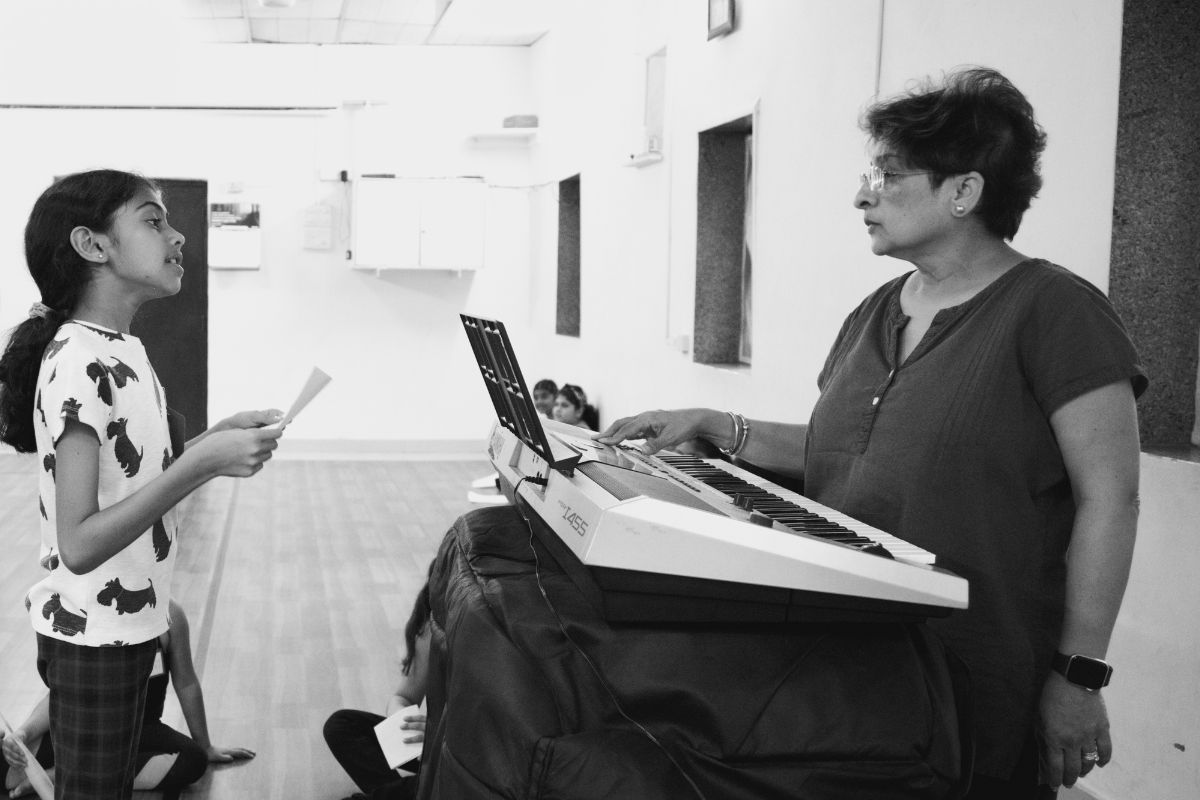Going from Amateur to Professional:
Use Emotional Depth to Elevate Your Performance
A song isn’t just melody and arrangement — nor is it only the lyricist’s words. Great singers understand every element that went into creating the piece, and they channel those ideas into one cohesive performance. Beyond technical skill lies emotional connection: that is what carries an audience on a journey — to tears, laughter, or standing ovations. If the audience doesn’t feel it, you’ve lost them.
Here’s a practical guide to help you add emotional depth and lift your performance above the rest.
1. Pick the Right Song
Choose a piece that suits your voice and the event. Match range, and style to your strengths. For example, when I selected arias for a Strauss concert in Mumbai on 2 November, I chose pieces that showcased my vocal qualities and fit the concert’s aesthetic.
2. Understand the Songwriter and Lyricist
Learn who wrote the lyrics and music. Read about their background, influences, and the circumstances surrounding the song’s creation. What emotional state were they in? Are there metaphors or hidden meanings in the lines? Knowing the creator’s intent lets you tell their story — not just sing their words.
3. Explore the Era
Songs are products of their time. Research the historical, cultural, and musical context in which the piece was written. This is especially important for classical and period repertoire: era-informed choices in phrasing, ornamentation, and expression add authenticity and depth.

4. If You’re Singing a Translation
When performing a translated text, study the original language and meaning where possible. Translations can shift nuance — understanding the source helps you preserve intent and emotional truth.
5. Make a Personal Connection
Songs speak to universal human experiences — heartbreak, joy, longing, freedom. Find how the song’s emotions intersect with your own life. Personal connections make a performance honest and compelling; they turn interpretation into lived experience for the audience.

6. Study the Music and Arrangement
Go deeper than the melody. Analyze harmony, form, instrumentation, and the arranger’s choices. Mark key moments: where the music swells, where it drops, where a phrase lingers. Practice with attention to dynamics and timing — subtle tempo changes and dynamic shading create emotional shape.
7. Let Emotion Inform Technique
Use breath, resonance, and phrasing to serve the song’s emotion. Shape vowels and consonants for clarity and character. Vary volume and placement to create intimacy or projection as the piece requires. Technique should enable expression, not replace it.
8. Act the Story
Read the lyrics as a monologue to clarify meaning and subtext. Use subtle body language and facial expression to guide the audience emotionally — avoid theatrical excess; authenticity wins. Think like an actor: what does your character want in each line? What’s their next thought?
9. Record, Review, Revise
Record rehearsals and listen critically. Note where the emotional intent lands and where it falters. Make focused adjustments — small changes in timing, color, or emphasis often have the biggest impact.
Emotional depth is a skill you cultivate through research, reflection, and practice. Start with one song at a time, and you’ll be well on your way to delivering performances that truly resonate.

